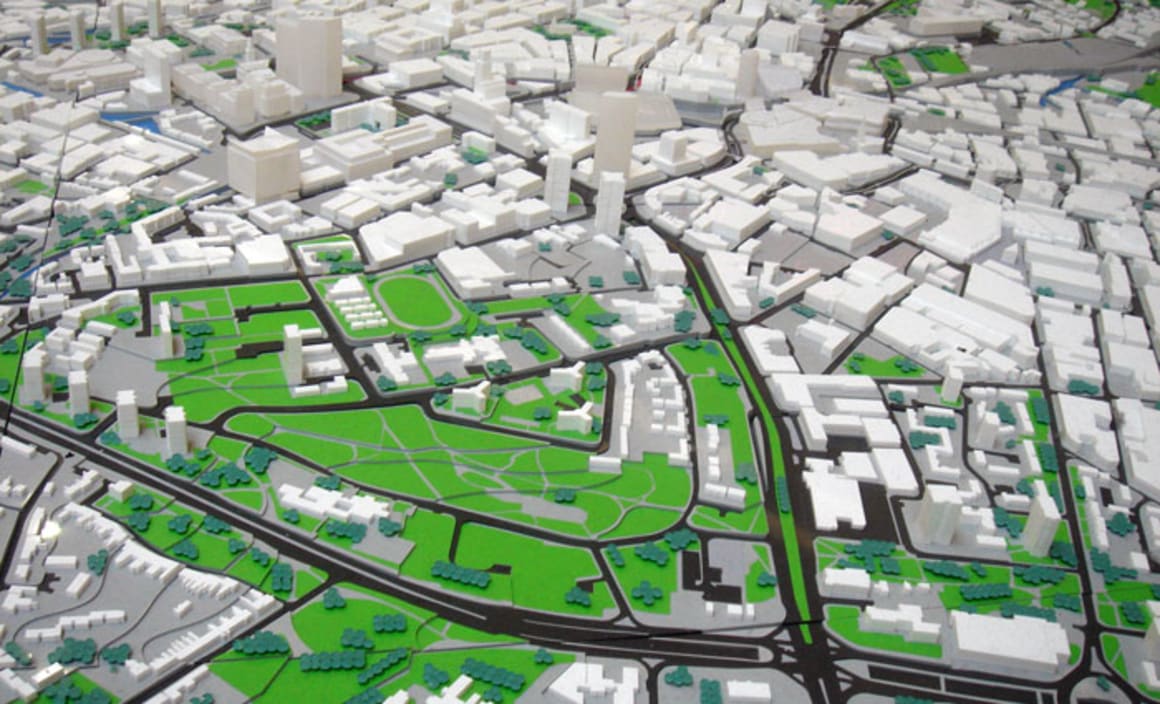Onus on governments to build infrastructure for major cities' projected population explosion

We all love a hilarious headline and this week we were served up a cracker - “Australian house prices fall 1.9% in May”.
What part of this embarrassing statistic is relevant to real estate? For such data to be extrapolated thousands and thousands of suburbs’ data would need to be fed in, all of which means next to nothing given it significantly fails the relevance test. Households are simply concerned with just the one thing, namely the data pertaining to the suburb in which they own property. For those slightly interested, Sydney posted a 1.1% decline which based on approximately 670 suburbs which would then average out at a 0.00164% decline per suburb.
When it comes to house prices what consistently fails to be mentioned is that the suburbs within that crucial 15 kilometre radius of the CBD continue to outperform simply because they are not cursed by diabolical infrastructure inadequacies. With Australia moving closer and closer to a population of 24 million and a resources industry in significant decline, there will be more pressures placed on the major cities as families relocate to gain employment.
It is anyone’s guess how Sydney (which is facing an 8 million population) and Melbourne (9 million) are simply going to cope given Australia’s current population growth rate is 1.8% and growing. The reality of the argument is that there is simply not enough housing to meet the projected demand nor for that matter even a plan projecting how these major cities will cope. Given it is quite obvious now that the residents of Sydney and Melbourne prefer to live as close to their respective cities, than the onus falls majorly on the governments to develop infrastructure that can meet with this demand which just so happens to be growing at the fastest rate ever recorded before.
To get a better perspective one only has to look at this week’s gross domestic product (GDP) which for the March quarter of 2014 grew 1.1% seasonally adjusted, although it would be fair to say that the June GDP figures won’t be anything to write home about. What the GDP figures did reveal is that it does not look good for Western Australia and Queensland given both are fast-tracked into spiral declines with reduced construction and commodity price declines. Historically, what usually happen next are major unemployment headlines as businesses start scaling down operations.
It should be noted that NSW posted a 9.3% increase in private investment for the quarter together with the best home approval figures in over ten years.
The onus is now definitely on the states and territories to start getting their respective infrastructure spends into overdrive, hence the massive asset sales. The only foreseeable problem with these asset sales is what they do when there is nothing left to sell? It’s no secret that no Australian state or territory is basking in a budget surplus, rather all are in significant deficit or on the borderline.
It should not have come as any great surprise that when the Australian Bureau of Statistics (ABS) released data this week it revealed that 46.4% of state and local government taxation revenue from the 2012/13 financial year came from property related taxes. The total amount collected, a record, came in at $35.931 billion leaving consumers rightly furious that infrastructure and transport have never been worse.
With strong public debate about the GST being raised it should be noted that when the GST was introduced by the Howard government back in July 2000 – this was done so on the basis that the states and territories would reduce/remove these taxes. It should be noted that council rates did not come under the GST removal mandate.
So the question that keeps popping up is once the assets have been sold (and this is fast approaching) then how are the state and territory governments going to survive given all they can tax is properties and businesses (remember pay roll tax was supposed to go also)? You can’t increase the GST only to see these respective governments run amok again as they can no longer balance the books.
Therefore there is a very sound argument to look at a model in Australia where state and territory governments cease to exist and local councils are merged into super councils. It would certainly be good for employment. Work, maintenance and construction would be consistently rolled out across the nation.
Quite simply, it may never come to fruition even though the USA does not have middle-tier government and it works fine there. It would be fascinating to see what this model would look like and how it could possibly work – which should not be that hard. It would certainly remove the politician pension gravy train which is a total waste of tax payer monies. Many would argue successfully that in itself is enough reason to remove this tier of government once and for all.

